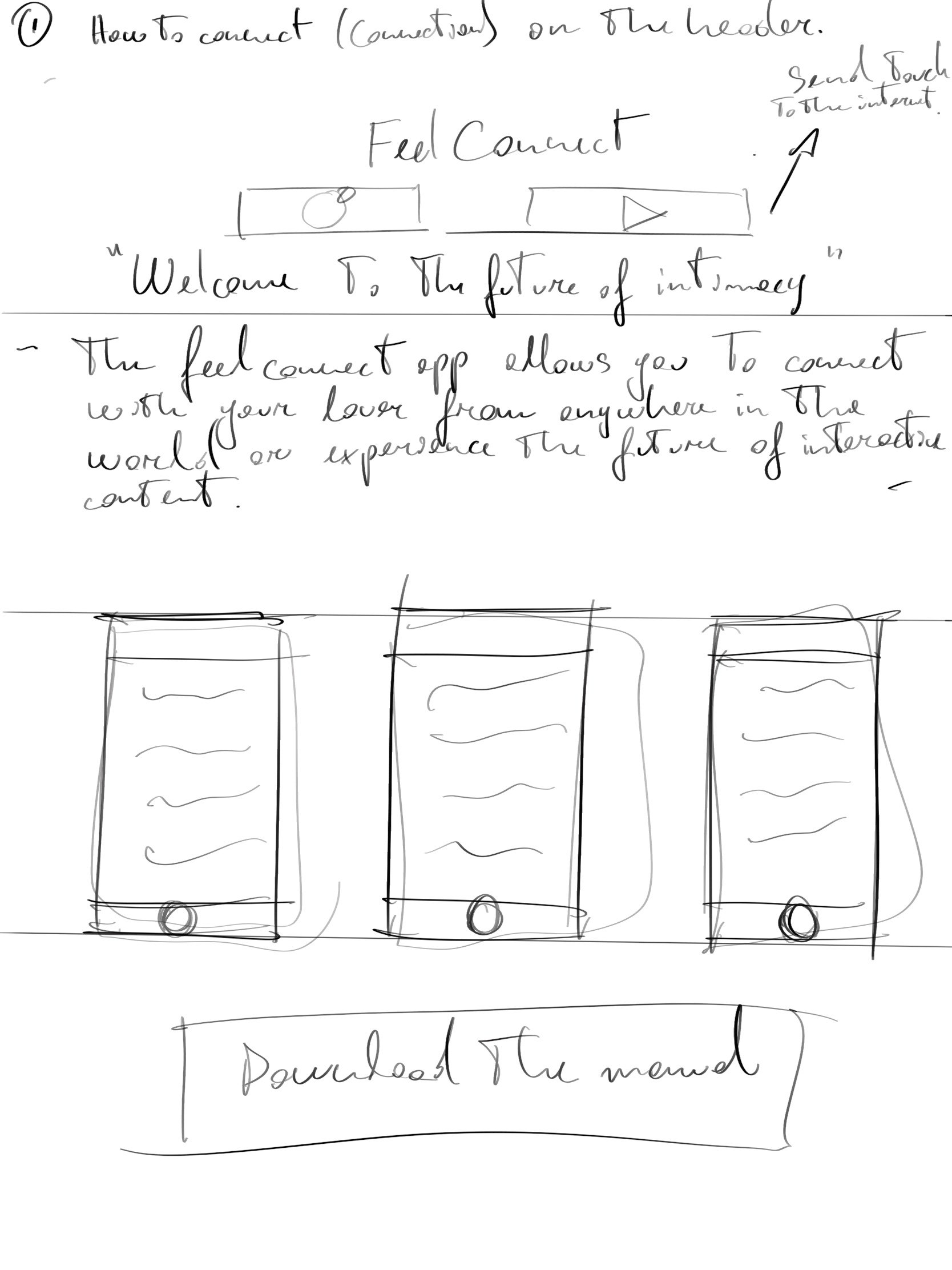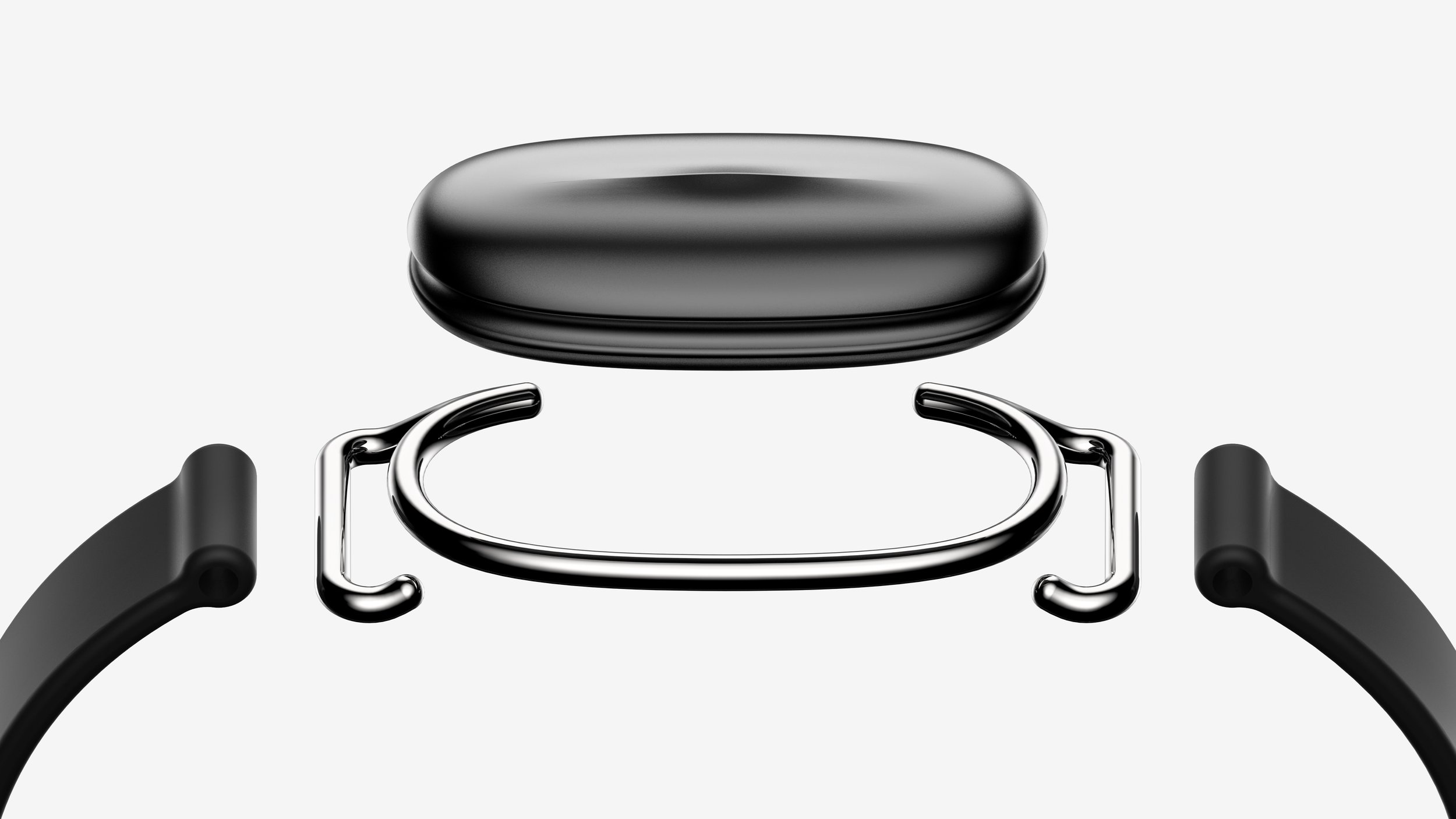1. Start on paper.
Whether you are designing for digital or non-digital products, probably the most important step of the design process is the one to write your ideas down on paper. It doesn’t matter how ugly your sketches are, or how unreadable your handwriting is. Put everything down on paper. It is absolutely important to brainstorm with yourself or your colleagues in order to narrow down your concepts and, only then, develop the most interesting ideas.
2. Analyse the problem.
It is important to validate your ideas, understand the problem you are solving with your products. You can do this in several different ways, for example asking feedback to your colleagues and potential users in general, and you should never be scared of your idea being too revolutionary if you believe in it. Once you identify the problem, you are one step closer to a correct design process. Check below for a practical example.
I identified a paradox while working with this company called “Bots” for a freelance project.
Their slogan is “Bots trade better than humans”.
Then…
Why did the design team decide to make bots look like humans right down below?
The slogan says that bots are better than humans, so I decided to design all new Bots styles that would replace the old ones.
These new Bots are friendly, fresh and relatable.
3. Get your hands dirty
Make prototypes, get you hands dirty, challenge your own believs. By making a prototype, whether it is a digital or a physical prototype, is an extremely important step of the correct design process. You should then sit down with testers and potential users and observe them using your product, while noting down all of their feedback.
Whether your are prototyping a digital product or a physical product, the steps that you need to take will always be the same. 1. Prototype. 2. Interact with it. 3. Make users interact with it.
4. Test, Test, test.
Do lots of user testing, ask your testers to give you unfiltered feedback on your designs. Gather all the comments and see whether your project works or whether it needs to go back to design stage. Understand that if you come up with an idea that never existed before, you cannot rely solely on user testing, but it will still be a helpful tool to validate your designs and reach the final stage of your process. Production.
5. Follow your design
As important as all the other points above, following your designs till the end of the process is key to success. You should never abandon your project mid-way. Always talk with manufacturers or developers, present your ideas in the best way possible to avoid misunderstandings and ensure that their actions will align with your designs.












